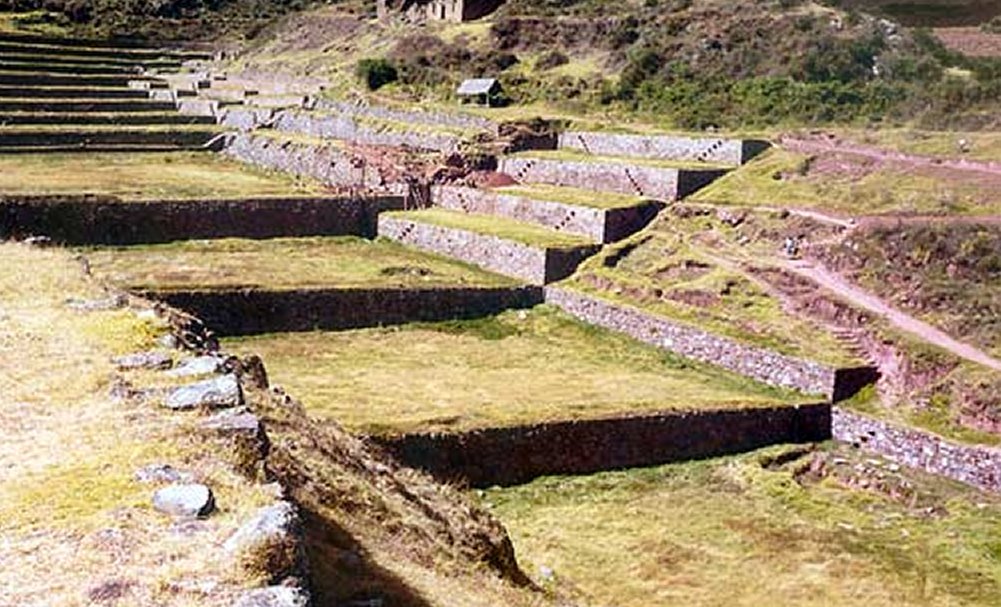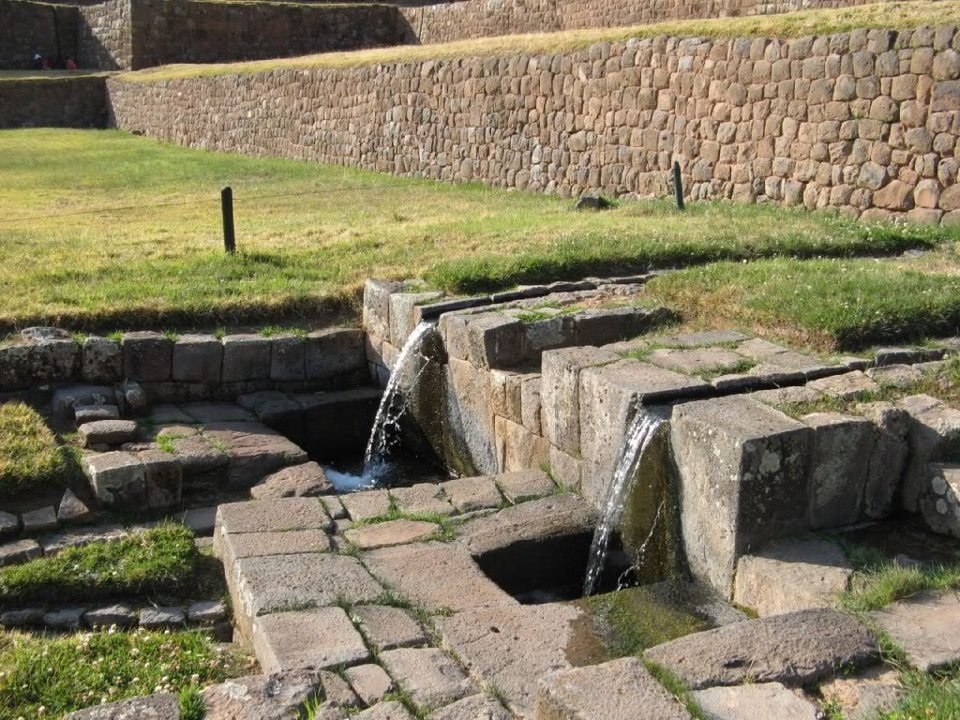Tipón (Tipon): Who Taught The Inca How To Build Artificially Irrigated Garden?
A. Sutherland - AncientPages.com - There are many unanswered questions regarding the Inca’s marvelous engineering masterpiece known as Tipón.
How did the Inca manage to reach this high level of development? What was the source of their advanced knowledge of hydraulics?
Nowhere else in Tawantinsuyu (“Land of the Four Quarters”) as the Inca used to refer to their empire, are there so well-planned and carefully finished agricultural terraces and irrigating channels as in the Tipón complex.
Cusco Tipón terraces. Source
The original name of this Inca site is lost in time; however, Dr. Luis Antonio Pardo, the prominent Peruvian historian, believes that the current name of Tipón may derive from the Quechua word ‘Tuxeuj’ (“to be boiling”). It is believed that Tipón's walled agricultural enclosure was built by earlier people of the Cusco Valley.
As narrated by Inca Garcilaso de la Vega (1539 – 1616), a chronicler and writer, apparently, Tipón was part of the royal estate belonging to Inca Yawar Huaca (Yawar Waqaq), the seventh Sapa Inca of the Kingdom of Cusco (beginning around 1380 AD).
In his book "Tipon: Water Engineering Masterpiece of the Inca Empire", Kenneth R. Wright writes:
“The balance of Tipon is mostly covered by walled terraces for both irrigated and dry land farming. The exceptions are some upper slopes too steep for terraces and a huge, smooth, volcanic rock slab that is so steep that it will not hold topsoil.
Tipon - home to one of the largest irrigation works in terraces, with many outdoor water channels. image source
The massive outer wall of Tipon, 15 to 20 feet high and nearly 4 miles long, encircles the community. The wall provided security and firmly established the perimeter of this estate.
Tipon was a perfect location for the Inca nobility to construct an estate. Its perennial spring, adjacent streams on the east and west, and fertile volcanic soils were coupled with an already walled agricultural enclosure built by earlier people of the Cusco Valley…”
At the same time, Tipon was devoted to religious ceremonies and agricultural experiments. The site that dates back to the beginning of the 15th century, is located at 3,560 meters above sea level, about 23 km southeast of Cusco, in the district of Oropesa (province of Quispicanchis), along the Cusco-Puno road.
It covers 239 hectares and consists of enclosures and wide agricultural terraces irrigated by a network of water channels fed by a natural spring.
Tipón - A Laboratory Of Agricultural Products
Besides being an archaeological complex, Tipón is home to one of the largest irrigation works in the terraces, with a great distribution of outdoor water channels.
This beautiful compound of agricultural terraces, long stairs and stone canals is located 20 km south of the city of Cuzco.
One can think of Tipón as the largest artificially irrigated Inca garden or rather an unusual complex of garden-like structures rising on many levels and on dozens of stone terraces.
This was a garden laboratory, probably used for experimenting with agricultural products, utilizing the various micro-climates found within the complex.
It can be assumed that Tipón was a similar place for Inca agronomists, as Moray (Moroy), famous for its oval farm terraces. Moray, located in the Sacred Valley of the Incas, has an old but very sophisticated irrigation system. Probably like in Moray, also in Tipón, the Incas experimented with the cultivation of new plant varieties of potatoes, corn, and other plants.
To these activities, they needed water that flowed through fine stone structures (aqueducts, spillways, canals and falls) and farm terraces situated at many different levels. Having proper conditions, the Inca plants could grow at different temperatures and with different sun exposure.
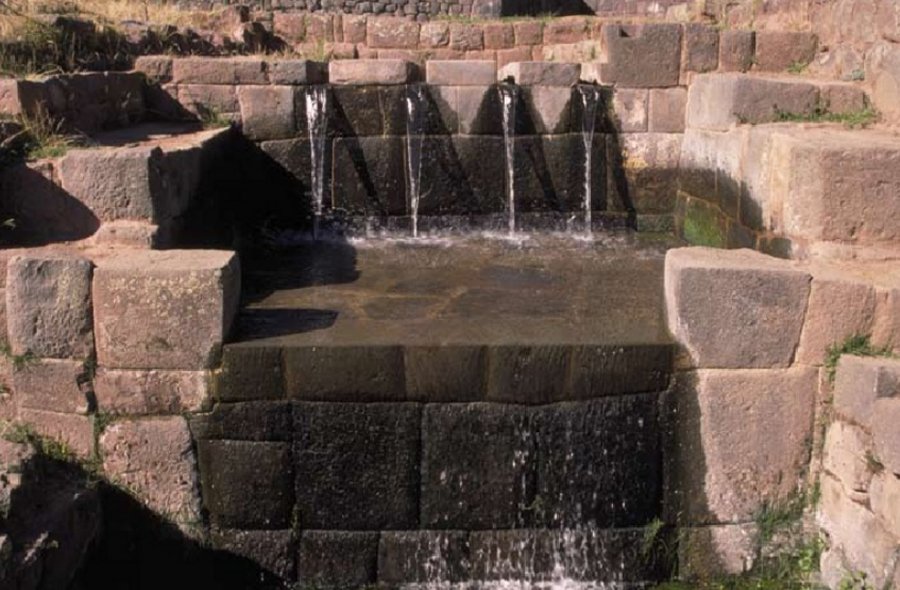 The hydraulic engineering of the Tipon fountain represents a high standard of care to create an aesthetic amenity. Credits: Wright Water Engineer
The hydraulic engineering of the Tipon fountain represents a high standard of care to create an aesthetic amenity. Credits: Wright Water Engineer
Therefore, the terraces rise from the bottom of the valley to its upper edge, while water flows here through aqueducts and canals, freely adjusted.
Centuries ago, the Tipón ingenious complex was most likely destroyed by the Incas themselves, who did not want to leave it in the hands of the Spaniards.
After many years, the complex was reconstructed and restored to its former glory. Tipón was once an important, specially protected place and it is evidenced by a large, oval fort that rises on the northern flank of the complex.
Written by – A. Sutherland - AncientPages.com Senior Staff Writer
Updated on January 20, 2024
Copyright © AncientPages.com All rights reserved. This material may not be published, broadcast, rewritten or redistributed in whole or part without the express written permission of AncientPages.com
Expand for referencesMore From Ancient Pages
-
 Mysterious Ancient Human ‘Ghost’ Species Discovered With Help Of Saliva
Archaeology | Jul 25, 2017
Mysterious Ancient Human ‘Ghost’ Species Discovered With Help Of Saliva
Archaeology | Jul 25, 2017 -
 Mysterious Manuscript 512 Reveals Lost Ancient City Hidden In The Amazon Jungle
Ancient Mysteries | Jan 28, 2018
Mysterious Manuscript 512 Reveals Lost Ancient City Hidden In The Amazon Jungle
Ancient Mysteries | Jan 28, 2018 -
 Did Richard The Lionheart Order Assassins To Kill Conrad Of Montferrat, King Of Jerusalem?
Featured Stories | Dec 27, 2018
Did Richard The Lionheart Order Assassins To Kill Conrad Of Montferrat, King Of Jerusalem?
Featured Stories | Dec 27, 2018 -
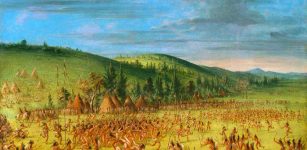 Lacrosse Was Invented By Native American Indians
Ancient History Facts | May 1, 2016
Lacrosse Was Invented By Native American Indians
Ancient History Facts | May 1, 2016 -
 From A Modest Town Jerusalem Has Evolved Into A Grand Metropolis
Archaeology | Sep 24, 2024
From A Modest Town Jerusalem Has Evolved Into A Grand Metropolis
Archaeology | Sep 24, 2024 -
 Science Fiction Was Around In Medieval Times – Here’s What It Looked Like
Featured Stories | Sep 18, 2018
Science Fiction Was Around In Medieval Times – Here’s What It Looked Like
Featured Stories | Sep 18, 2018 -
 Centuries Old Pub Discovered In Dover, England
Archaeology | Oct 28, 2024
Centuries Old Pub Discovered In Dover, England
Archaeology | Oct 28, 2024 -
 Why Were Conch-Shell Trumpets So Important To The Ancient Chacoan Society?
Archaeology | May 7, 2024
Why Were Conch-Shell Trumpets So Important To The Ancient Chacoan Society?
Archaeology | May 7, 2024 -
 Birka Artifacts Shed Light On Vikings’ Daily Life
Artifacts | Jun 24, 2019
Birka Artifacts Shed Light On Vikings’ Daily Life
Artifacts | Jun 24, 2019 -
 Neanderthals Had Capacity To Speak And Understand Language Like Humans
Archaeology | Mar 2, 2021
Neanderthals Had Capacity To Speak And Understand Language Like Humans
Archaeology | Mar 2, 2021 -
 Mysterious Ancient Tracks In Rock, Strange Legend And Hidden Treasure – A Puzzle From Arkansas
Featured Stories | Sep 3, 2024
Mysterious Ancient Tracks In Rock, Strange Legend And Hidden Treasure – A Puzzle From Arkansas
Featured Stories | Sep 3, 2024 -
 Ambition, Greed And Death: The Roman Roots Of ‘Game Of Thrones’
Featured Stories | Jul 2, 2019
Ambition, Greed And Death: The Roman Roots Of ‘Game Of Thrones’
Featured Stories | Jul 2, 2019 -
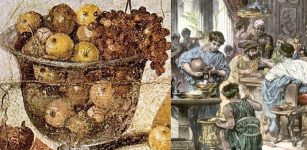 Citrus Was An Ancient Roman Symbol Of Status And Luxury
Ancient Symbols | Aug 23, 2017
Citrus Was An Ancient Roman Symbol Of Status And Luxury
Ancient Symbols | Aug 23, 2017 -
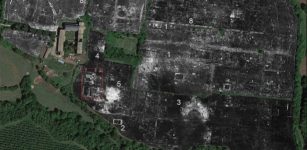 Amazing Underground Ancient Roman City Discovered In Italy
Archaeology | Jun 12, 2020
Amazing Underground Ancient Roman City Discovered In Italy
Archaeology | Jun 12, 2020 -
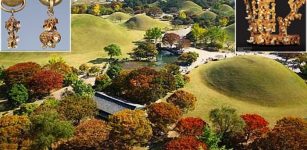 Silla: The Most Successful Of Three Korean Kingdoms
Featured Stories | Aug 22, 2023
Silla: The Most Successful Of Three Korean Kingdoms
Featured Stories | Aug 22, 2023 -
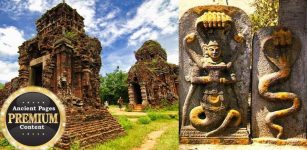 Champa’s Megalithic City My Son And The Nagas Inscription That Could Re-Write History
Ancient Mysteries | Jan 27, 2018
Champa’s Megalithic City My Son And The Nagas Inscription That Could Re-Write History
Ancient Mysteries | Jan 27, 2018 -
 Evidence Mendel Discovered The Laws Of Inheritance Decades Ahead Of His Time
Archaeology | Jul 12, 2022
Evidence Mendel Discovered The Laws Of Inheritance Decades Ahead Of His Time
Archaeology | Jul 12, 2022 -
 An Ancient Goldsmith’s Unexplained Encounters With The Unknown
Ancient Mysteries | Apr 16, 2019
An Ancient Goldsmith’s Unexplained Encounters With The Unknown
Ancient Mysteries | Apr 16, 2019 -
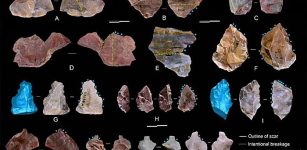 New Tool-Making Timeline For East Asian Hominins – Study
Archaeology | Mar 9, 2024
New Tool-Making Timeline For East Asian Hominins – Study
Archaeology | Mar 9, 2024 -
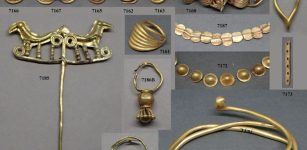 Mystery Of The Gold From Troy, Poliochni And Ur Solved!
Archaeology | Dec 2, 2022
Mystery Of The Gold From Troy, Poliochni And Ur Solved!
Archaeology | Dec 2, 2022

